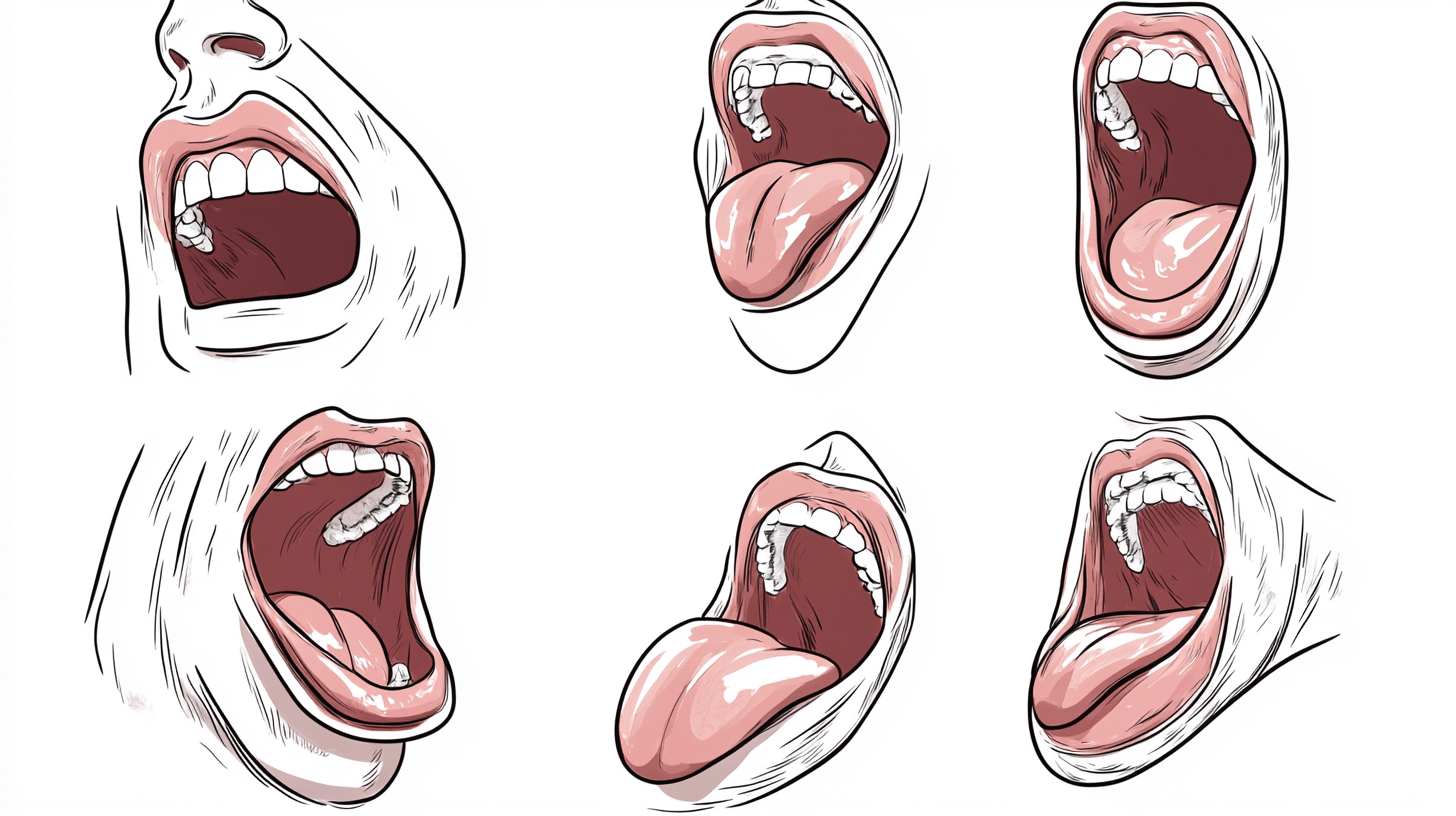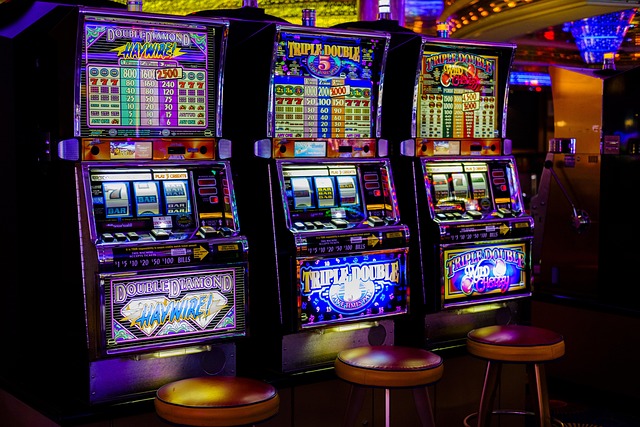Have you ever admired the breathtaking whistle notes of your favorite singers and wondered how to achieve them yourself?
Look no further as we reveal the secrets to mastering this coveted vocal technique and show you how to make a whistle note.
In this ultimate guide, we’ll walk you through the steps to unlock your whistle register and leave your audience breathless.
Learn the key elements of proper technique, breathing, and vocal control to help you effortlessly hit those sky-high notes.
Whether you’re a beginner eager to expand your range or a seasoned vocalist looking to add a new dimension to your performances, this blog post has everything you need to know about making a whistle note.
Get ready to take your vocal skills to new heights and delight your listeners like never before!
What Are Whistle Notes?

Learn the charming world of whistle notes, the highest and most unattainable of all vocal registers.
Study the science behind these supernatural tones and learn what differentiates them from other singing techniques.
Disclosing the Highest Vocal Register
Whistle notes, also known as the whistle register, are the highest notes a singer can produce.
Unlike other vocal registers, such as chest and head voices, whistle notes have a distinct, flute-like quality that distinguishes them.
These notes are not typically used in speech and require specialized vocal techniques.
The Science Behind the Sound
To understand how whistle notes are produced, let’s take a closer look at the vocal folds’ role:
• When singing in whistle register, only the outer edges of the vocal folds vibrate.
• The vocal folds are stretched thin, and the back portion remains open, allowing air to pass through.
• This unique configuration creates a high-pitched, whistle-like sound.
Mastering the whistle register requires precise control over the vocal muscles and airflow, making it one of the most challenging yet impressive feats in vocal performance.
Can Anyone Learn to Whistle?
Have you ever wondered if you have what it takes to hit those jaw-dropping whistle notes?
Explore the truth behind the myths and learn why, with the right training and dedication, almost anyone can learn to whistle.
Addressing the Curiosity
Many aspiring vocalists wonder if the whistle register is an innate ability or can be learned.
Questions like “Can anyone hit a whistle note?” and “Is it harder for males to achieve whistle notes?” are common among those eager to expand their vocal range.
Separating Fact from Fiction
Let’s debunk some overall myths surrounding the whistle register:
Myth: Only a select few are born with the ability to hit whistle notes.
Fact: Most vocalists can learn to access their whistle register with proper training and technique.
Myth: Whistle notes are impossible for male singers.
Fact: While the whistle register is more commonly associated with female vocalists, males can also learn to produce whistle notes.
The trip to mastering whistle notes may vary in difficulty from person to person.
Still, dedication and practice make it an achievable goal for most singers, regardless of gender.
Laying the Foundation

Building a solid foundation before reaching for the stars with your whistle notes.
Learn the crucial warm-up exercises and breathing techniques to set you up for success on your whistle-note voyage.
Getting Ready to Whistle
Before attempting to hit those coveted whistle notes, preparing your voice with targeted warm-up exercises is crucial.
These exercises help to:
• Loosen and relax the vocal muscles
• Improve vocal flexibility and control
• Prevent strain or injury
Some essential warm-up exercises include:
• Lip trills
• Humming
• Gentle sirens
• Ascending and descending scales
Remember to start gently and gradually increase the difficulty as your voice warms up.
The Power of Proper Breathing
Mastering breath control is key to achieving whistle notes. Diaphragmatic or belly breathing is the foundation of good vocal technique.
Here’s how to practice it:
• Place one hand on your chest and the other on your belly.
• Inhale deeply through your nose, allowing your belly to expand while keeping your chest relatively still.
• Exhale slowly through your mouth, engaging your abdominal muscles to control air release.
Regularly practicing diaphragmatic breathing will help you develop the breath support needed to sustain those impressive whistle notes.
Techniques to Find Your Whistle Register
Ready to find your whistle voice? From the yawny-whistle method to channeling your inner Mariah, we’ve covered you with various tried-and-true techniques to help you find and develop your whistle register.
1. The Yawny-Whistle Method
• Take a low breath and allow your throat and jaw to relax as if yawning.
• Gently push air against your throat while pressing your abdomen as if holding your breath.
• Aim for a squeaky whistle sound on an “Ah” vowel.
2. Imitating a Whiny Puppy
• Open your mouth as if saying “Ah” and take a low breath.
• Mimic a whiny puppy’s sound, pushing air against your throat while pressing your abdomen.
• Focus on producing a high-pitched, squeaky whistle.
3. Channeling Your Inner Bird
• Breathe low and open your mouth in an “Ah” shape.
• Pretend you’re a tropical bird and push air against your throat while pressing your abdomen.
• Make a “Caw” sound like a parrot, allowing the whistle note to move from high to low.
4. The Weight Lifter Approach
• Inhale deeply and relax your throat and jaw.
• Imagine lifting a heavy weight and gently bearing down against your breath.
• Press air against your throat while pushing against it as if holding your breath.
• Strive for a squeaky whistle sound on an “Ah” vowel.
5. Speaking Like Mariah
• Take a low breath and relax your throat and jaw.
• Push air into your throat while pressing against it as if holding your breath.
• Attempt to speak squeaky words or phrases, focusing on open vowels like “Ah” and “Oh.”
Remember, the key is to keep your throat relaxed and avoid straining. With practice, you’ll find the technique that works best for you.
Honing Your Whistle Skills

Now that you’ve found your whistle register, it’s time to advance your skills.
Learn to select the perfect starting notes, practice scales, and arpeggios, and seamlessly integrate whistle notes into your favorite songs.
1. Finding Your Starting Point
When beginning to practice whistle notes, starting within a comfortable range is essential.
A good starting point is typically about an octave and a half above your vocal break or passage.
• For male singers, start around an A5.
• Female singers can begin around an E6.
Everyone’s vocal range is unique, so adjust accordingly and don’t push beyond what feels comfortable.
2. Building Strength and Control
To develop strength and control in your whistle register, practice scales and arpeggios:
• Begin with a simple 3-tone ascending chromatic scale, starting on your comfortable whistle note.
• Progress to a 5-tone major arpeggio, focusing on maintaining a clear and consistent tone.
• Gradually expand your range by adding higher notes to your scales and arpeggios as your skills improve.
3. Applying Whistle Notes to Songs
Once you’ve gained confidence in your whistle register, start integrating whistle notes into your song choices:
• Choose songs that showcase whistle notes, such as those by Mariah Carey, Ariana Grande, or Minnie Riperton.
• Practice matching the pitch and tone of the original singer’s whistle notes.
• Experiment with adding your whistle note embellishments to songs you enjoy singing.
Remember, mastering whistle notes takes time and patience.
Celebrate your progress and keep practicing consistently to see improvement.
Maintaining Vocal Health

As you explore the thrilling world of whistle notes, it’s crucial to prioritize vocal health and avoid strain.
Keep these tips in mind:
• Always warm up your voice thoroughly before attempting whistle notes.
• Start with short practice sessions and gradually increase duration as your stamina improves.
• Listen to your body and stop if you feel any discomfort or fatigue.
• Avoid pushing or forcing your voice to reach notes that feel strained.
• Maintain good posture and relaxed shoulders, neck, and jaw while singing.
Remember, a healthy voice is a happy voice, so never sacrifice vocal well-being to hit a high note.
Nourishing Your Voice
In addition to proper technique, staying hydrated and allowing adequate vocal rest are key components of maintaining vocal health:
• Drink plenty of water throughout the day to keep your vocal folds lubricated.
• Limit or avoid caffeine and alcohol, as they can dehydrate your voice.
• Give your voice a break after extended periods of singing, especially when practicing whistle notes.
• Aim for at least 7-8 hours of sleep each night to allow your vocal muscles to recover.
By treating your voice with care and respect, you can continue exploring the joys of whistle notes for years to come.
Advanced Tips

For those ready to take their whistle notes to new heights, these advanced tips will help you refine your technique and unlock your full potential.
From mastering breath control to perfecting your resonance and articulation, get ready to soar.
Boosting Your Breath Control
As you become more comfortable with whistle notes, take your breath control to the next level:
• Practice diaphragmatic breathing daily, focusing on a steady, controlled exhale.
• Engage your core muscles to support your breath and maintain a consistent airflow.
• Experiment with different breath ratios, such as inhaling for four counts and exhaling for 8, to find what works best for sustaining your whistle notes.
• Incorporate breath control exercises into your daily warm-up routine to build stamina and control.
Mastering breath control is gradual, so be patient and persistent in your practice.
Polishing Your Whistle Notes
To achieve a clear, ringing quality in your whistle notes, focus on resonance and articulation:
• Experiment with the shape and position of your mouth, lips, and tongue to find the optimal placement for your whistle notes.
• Aim for a forward, bright placement in the front of your mouth, similar to a genuine smile.
• Practice articulating consonants clearly and precisely, even in the high whistle register.
• Visualize your whistle notes resonating in your face’s “mask” area, including your cheekbones, nose, and forehead.
By refining your resonance and articulation, you’ll add sparkle and clarity to your whistle notes, captivating your audience with your vocal prowess.
Whistle Note Hall of Fame

Draw inspiration from these iconic singers known for their breathtaking whistle notes:
• Mariah Carey: Often regarded as the queen of whistle notes, Mariah Carey’s five-octave range and stunning whistle tones have set the standard for vocalists worldwide.
• Minnie Riperton: Her 1975 hit “Lovin’ You” showcased her ethereal whistle notes and remains a classic example of the technique.
• Ariana Grande: Known for her powerful voice and impressive range, Ariana Grande frequently incorporates whistle notes into her performances, charming audiences with her vocal acrobatics.
Other notable whistle-note singers include Morissette Amon, Deanna Johnson, and Adam Lopez, each bringing their unique style to the technique.
Reaching for the Stars
Some singers have pushed the boundaries of the whistle register to unbelievable heights:
• Georgia Brown: This Brazilian singer holds the Guinness World Record for the highest note ever reached by a human voice, an astonishing G10. That’s two octaves above a piano’s highest key!
• Demiana Matsa and Amara Dhari: These young singers have also gained recognition for their ability to sing notes in the 8th and 9th octaves, showcasing the incredible potential of the human voice.
While these extraordinary feats may seem impossible, they remind you of the limitless possibilities when dedicating yourself to singing whistle notes.
Summing It Up
Learning to do a whistle note is thrilling and rewarding for any vocalist.
Understanding the physiology behind whistle notes, debunking common myths, and following the proper techniques and exercises can unlock your voice’s full potential.
Remember to prioritize vocal health, stay patient, and draw inspiration from the iconic whistle-note singers who have paved the way.
With dedication and practice, you’ll soon be able to include this impressive technique in your performances, leaving audiences in wonder about your vocal expertise.
Assume the challenge, trust the process, and let your voice soar to new heights. The world of whistle notes is waiting for you—so take a deep breath, let your voice echo, and get ready to whistle your way to vocal greatness.
Frequently Asked Questions (FAQs)
Can Anyone Do a Whistle Note?
Anyone can learn to make a whistle note by practicing proper technique. However, it requires significant control over vocal cords and breath support.
Patience and consistent training are key to mastering this skill.
How Do You Play Notes with A Whistle?
To play notes with a whistle, control your breath and adjust the position of your lips and tongue.
Practice varying the intensity of your breath and changing your mouth shape to produce different pitches.
How to Whistle Different Notes?
Whistling different notes involves altering the shape of your mouth and tongue while controlling your breath.
Experiment with lip tension and tongue placement to achieve various pitches, practicing regularly to improve accuracy.
What Is Ariana Grande’s Vocal Range?
Ariana Grande has an impressive vocal range spanning approximately four octaves.
She can effortlessly hit high notes in the whistle register, showcasing her versatility and exceptional control over her voice.





















